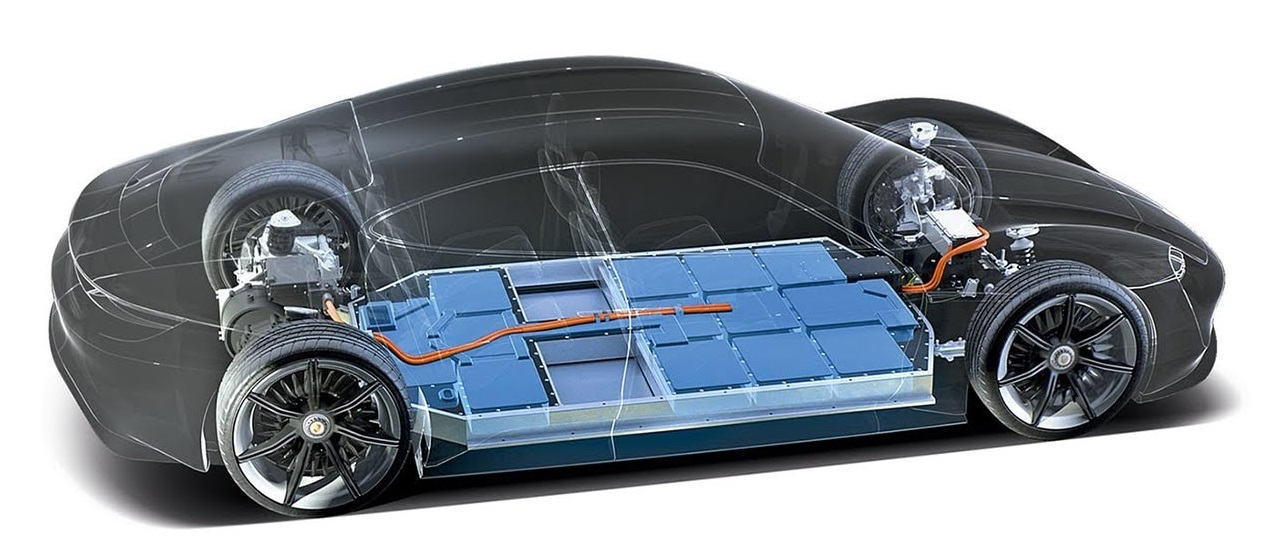Bidirectional charging will not void your EV warranty, and here's why
What is EV battery degradation?

There are two main types of battery degradation: capacity fade (a reduction in the battery cell’s capacity) and power fade (an increase in the battery cell’s internal resistance, leading to lower power output).
Why do EV batteries degrade?
The two degradation effects (capacity fade and power fade) will occur whether or not you are using your EV:
- When your EV battery degrades due to usage (either from driving your EV, or using your EV to power your home), this is called cycling aging.
- On the other hand, the degradation that occurs when your EV is parked and not in use is called calendar aging.
There are many stress factors that go into both cycling aging and calendar aging:
- Calendar aging is primarily affected by battery temperature, and state of charge.
- Cycling aging is primarily influenced by depth of discharge (how much you discharge your EV each cycle), the number of cycles, the charge/discharge power, and the charge/discharge current.
For the average EV driver, even with a daily commute, their EV’s battery degradation is predominantly driven by calendar aging. This is because most drivers don’t drive many hours every day - the EV is likely parked at work during most of the day, and parked at home during most of the night.
How does using Bidirectional Energy affect my EV battery?
Bidirectional Energy discharges your EV battery to a charge level where its calendar aging is minimized and charges it back up before your next driving trip, instead of keeping your parked EV at a high charge level all night. This significantly reduces your EV battery’s calendar aging, while slightly increasing the cycling aging. Since calendar aging is the primary cause of residential EV battery degradation, research has shown that our approach will reduce battery capacity fade by up to 9.1% and power fade by up to 12.1% [1].
In addition, when your EV is in discharge mode, it would be operating at power levels that are an order of magnitude (or more!) lower than the power demands on the battery pack when the EV is being driven. Don't just take our word for it, here's what EV manufacturers like Honda are saying about the impact of bidirectional charging on EV battery:
Last but certainly not least, you are fully in control of your EV's charging and discharging. Using the Bidirectional Energy app, you can tell your EV to do any combination of the following:
- Charge up your EV just before you have an upcoming driving trip to reduce calendar aging
- Discharge your EV battery to offset regular home usage when electricity price is high
- Only discharge your EV battery when there’s a power grid emergency (and when the utility offers significant financial incentives)
- Prioritize charging to a certain charge level as soon as your EV is plugged in
- Prioritize charging to a certain charge level when the electricity price is low
- Never discharge below a certain charge level
Because of all of the above, EVs we support will have their battery warranties fully honored by the EV manufacturer.